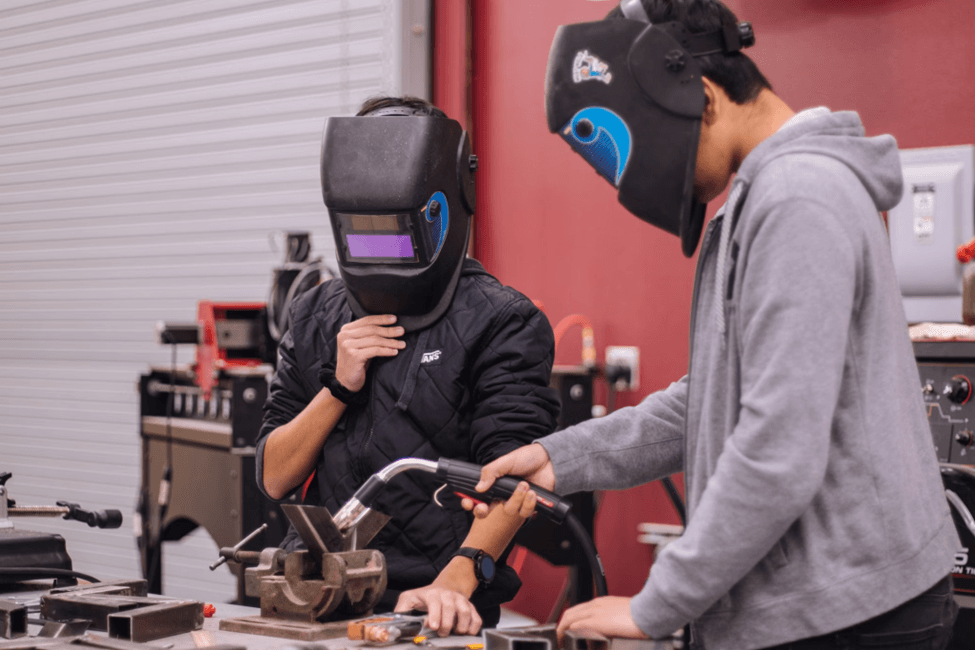By Katie Brenneman

A robust STEM education is key to student success in the digital age. A strong grasp of science, technology, engineering, and mathematics ensures that the pupils of today have the skills they need to find personal and professional success in the future.
However, many students find STEM classes dull and unengaging. This is largely due to misconceptions about the purpose of STEM classes and outdated lesson plans that fail to capture the student’s imagination.
Unfortunately, social inequalities exacerbate disinterest in STEM fields. Black and Hispanic folks are underrepresented in the STEM industry and women in STEM only earn 77% of the average salary that a man in STEM receives. These inequalities push some students away from STEM and must be addressed by teachers who want to cultivate interest and inclusivity in the classroom.
The Rise of STEM
The dawning of the digital age has driven employment in the STEM industry. The U.S. Department of Labor projects that the number of STEM jobs will grow by 11% in the next decade; outstripping non-STEM job growth by 9.9%.
Even traditionally blue-collar industries, like construction work, have embraced the potential of STEM. Today, many construction employees work remotely. These construction workers lean heavily on technical support systems and use a host of cloud-based collaboration tools. This gives folks in fields like construction a chance to embrace new learning opportunities, too.
Teachers can cultivate interest in their classes by giving students real-world examples of careers in STEM. For example, teachers who want to encourage deep math learning can take some time away from equations to explain how folks use math skills in the real world. A solid grasp of mathematics is particularly important in eye-catching careers like law enforcement. The recent FBI recruitment drive places a premium on STEM skills and can help students visualize themselves in exciting STEM-based careers.
Connecting with STEM
The recent rise of STEM careers is certain to excite plenty of students. However, career prospects aren’t enough to fuel children’s imagination and ignite interest in the STEM field. Teachers need to deliver engaging lesson plans that help folks connect with STEM and discover their own interests.
Educators who want to fuel a passion for STEM and champion inclusivity can use generational marketing insights to connect with students. Young students, also known as “Gen Z,” are often regarded as digital natives and are known for their resourcefulness and ability to research online. Teachers can use these insights to create engaging lesson plans that revolve around activities like:
Coding: Being able to use common coding languages like C++ and Python is a superpower in today’s digital age. Students will relish the opportunity to engage with hands-on lessons and will use their insights to create anything from a robotic arm to a simple gaming application.
Automation: Automated AI utilizes every element of STEM education. Students can leverage the power of AI by using software like Microsoft’s AI builder to design and test their own automated programs.
Investigation: Students will be far more motivated to learn if they understand how their skills apply to life outside of school. Give students a chance to research STEM activities in a field that interests them and find ways to weave the lesson objectives into the student's stated interests.
Contextualize: Many students fail to understand why they’re learning math or engineering — after all, most of us do not use quadratic equations in day-to-day life. However, students will use the critical thinking skills they develop in math class to integrate in the world and better understand the problems they face.
These lesson plans are designed to put students in the driver's seat and help them discover their “why?”. Students who understand why they’re learning something are much more likely to become self-motivated and will cultivate their own interests in STEM education.
Tearing Down Barriers
A robust STEM education can give students the tools they need to find success in later life. However, many students feel that STEM isn’t for them due to biases and social constructs. Teachers can tear down perceived barriers by focusing on delivering inclusive courses to their students.
Teachers who care about the progress of all their students should start by learning how to recognize the signs of neurodiversity in the classroom. Neurodiverse students will struggle to learn via the “normal” pathways, as conditions like dyscalculia interfere with learning. Identifying students with neurodiversity can be an important first step toward getting assessment and support.
Tearing down social barriers to STEM participation requires an intentional approach from educators. Teachers can start undoing some of the harmful stereotypes that pervade the STEM industry by highlighting the achievements of traditionally underrepresented communities. Even well-known stories, like the achievements of Katherine Johnson, Mary Jackson, and Dorothy Vaughan can leave a lasting impression on students.
Conclusion
The STEM industry relies on engaged learners and innovative students. Educators can cultivate interest in critical thinking and technical knowledge by focusing on lesson plans that put students in the driver’s seat. Teachers can push for inclusivity in the classroom, too, by highlighting the achievements of underrepresented groups and gearing up their lesson plans to support the needs of individual students.

